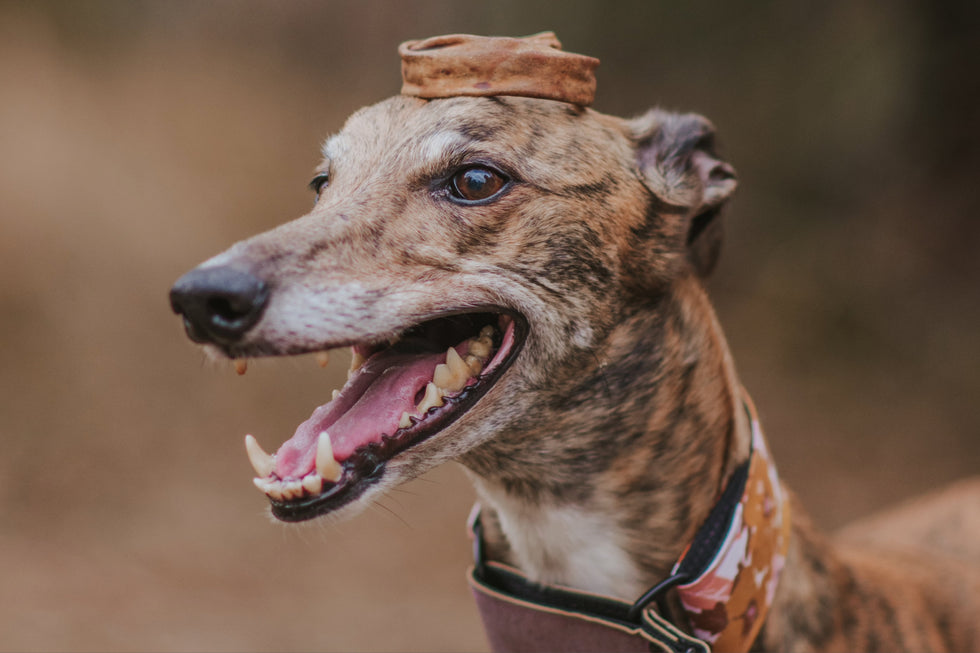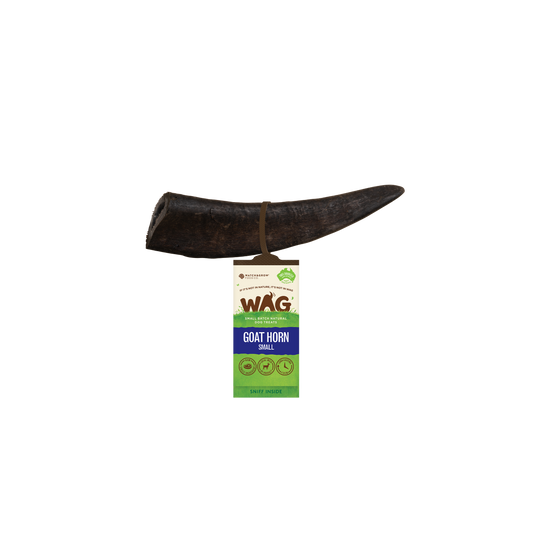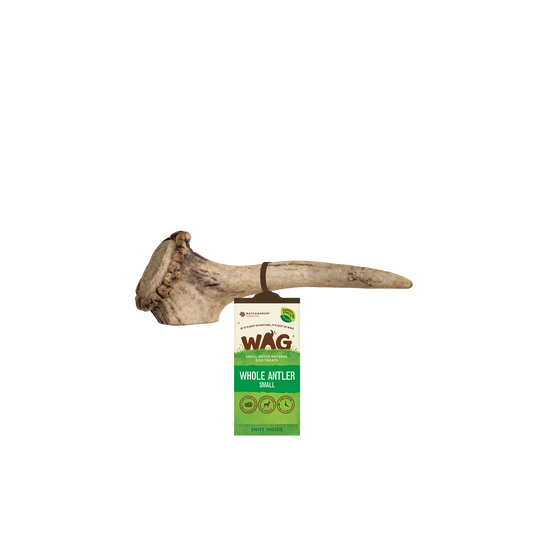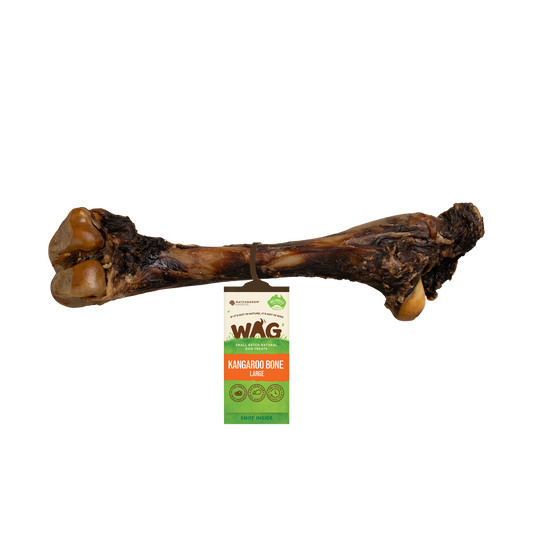Can my dog get coronavirus (COVID-19)? Your dog questions answered.

There’s a lot of misinformation happening about COVID-19 and dogs at the moment, especially in Australia. Being prepared and informed is one of the best things you can do in any situation, for your dog, for you and for everybody. Least of all in what’s being called a pandemic. We compiled the best of sources for us to ask the burning questions that we had and we know you have, too.
Can dogs get infected with COVID-19?
There is no evidence that pets are directly involved in the spread of COVID-19.
Some news media isn’t as sure (for example Quartz gives a mixed answer providing no certainty). The information provided by the World Health Organisation (WHO) initially said no, however their answer might have changed after (just one) dog in Hong Kong tested positive for the virus in February. (That’s right – just a single dog!) This dog was with owners who too were infected at this time.
The good news was that the dog wasn’t showing any signs of the disease, despite being a carrier. While there’s no information given on the nature of the transmission or how the dog got tested for the disease – especially if it did not show any symptoms – but we’re glad it did.
While dogs can get infected, animals cannot spread the virus. Regardless, it’s a good idea to practice excellent hygiene when you’re playing or feeding your dog. This means washing your hands before and after directing interacting with your dog, their food or their toys and bowls. Keep ’em safe by keeping yourself safe!
Do I need to stay away from my dog?
As more people start exercising social distancing and working from home, you’re going to find it really hard to avoid time spent with your dog. As if this is a problem usually! Right now, though, this answer really depends on whether you’ve tested positive and need to be self-isolating.
Science Mag says you need to think ahead and be prepared. It was recommended that people infected with COVID-19 limit their contact with animals until there is more information known about the nature of infection and transmission.
We’re already said this, but we’ll say it again: if you’re the only one around and need to look after your dog, you need to practice good hygiene and treat your dog like you would every family member – wear a face mask, sneeze or cough into your arms, wash your hands before and after you interact with them, and avoid the cuddle session on the couch until you’ve cleared up. The next best thing would be to designate an emergency caregiver to look after your dog during your self-isolation.
If you’re still concerned about your dog’s health , the next best thing you can do is get in touch with your vet.
Can I walk my dog during this time?
The Conversation says you should abstain from walking your dog if you’ve tested positive or you’re waiting to hear back results. People should be self-isolating until they are able to make sure they don’t come in contact with others. If in doubt, just stick to what the experts say: practice your good hygiene and social distancing. When you take your dog on a walk, avoid the dog park or areas that may be congested with other people and dogs. Make sure to practice social distancing – keep 1.5 metres away from other people.
What can I do with my dog if I’m self-isolating?
This is a much longer answer and to help you out, we’ve put together a big list of things you can do. Here’s a list of things to pass the time and help your dog from getting cabin fever at home.
- Bulk up on treats – we’d be remiss if we didn’t mention the boredom-busting greatness of treats like goat horns, antlers and even some kangaroo bones. Give ‘em to your dog an hour at a time, and then again for a second, third, and fourth chomp every day. They last a while.
- Play hide and seek with treats – an easy way to keep your dog alert and keen during the next two weeks. Stay away from beds and couches, instead try to hide treats and snacks in places like a Kong toy (slather it with peanut butter!) crevices of your apartment or even make a little breadcrumb trail for them to follow.
- Train them up – There’s never been a better time to learn to keep your dog’s mind lively. Here are some great YouTube videos on training your dog: teach them how to roll, play dead or fetch – they’ll come out of this period a better trained dog, making you a very proud paw-rent.
- Bring the dog sports straight to your lounge room. Nosework and agility are both fun, fulfilling and bonding activities you can carry out at home.
- Walk and exercise with care and caution. If you can get out and about, practice the social distancing guideline of 1.5 metres away from the next person. Maybe stay out of the dog parks this time round, too, as you’re not going to be able to avoid people that way.
- Have you thought about medicine? If your dog is on any prescription medications, make sure you refill it and keep it in stock for the next two weeks.
- Try some DIY treat recipes – some of our favourites include 30-minute dog biscuits, Frozen Apple Dog Treats, and another Frozen Peanut Butter & Yoghurt dog treat.
- Make TikTok videos of your dog, and (maybe) send them to us to help us get through too.
This strange period in our lives masks a great opportunity to show your dog your love and care. You and your doggo’ll come out the other side of this tumultuous period feeling better, happier and closer than before – we’re sure of it.
Shop the Recipe
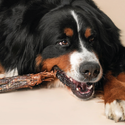
Marta Skrabacz
Director
Up Next
How to Treat Gingivitis in Dogs: A Guide to Canine Dental Health
